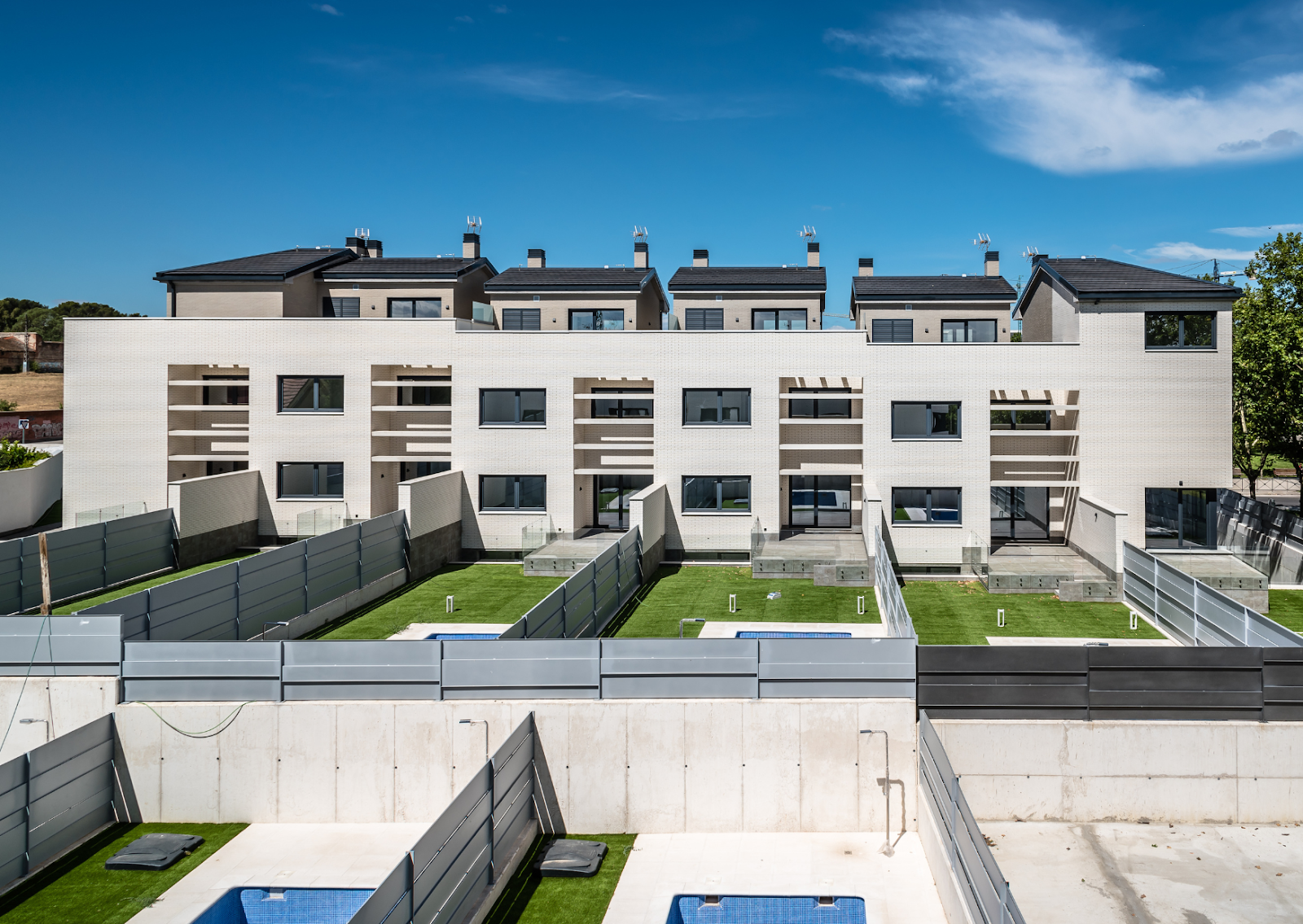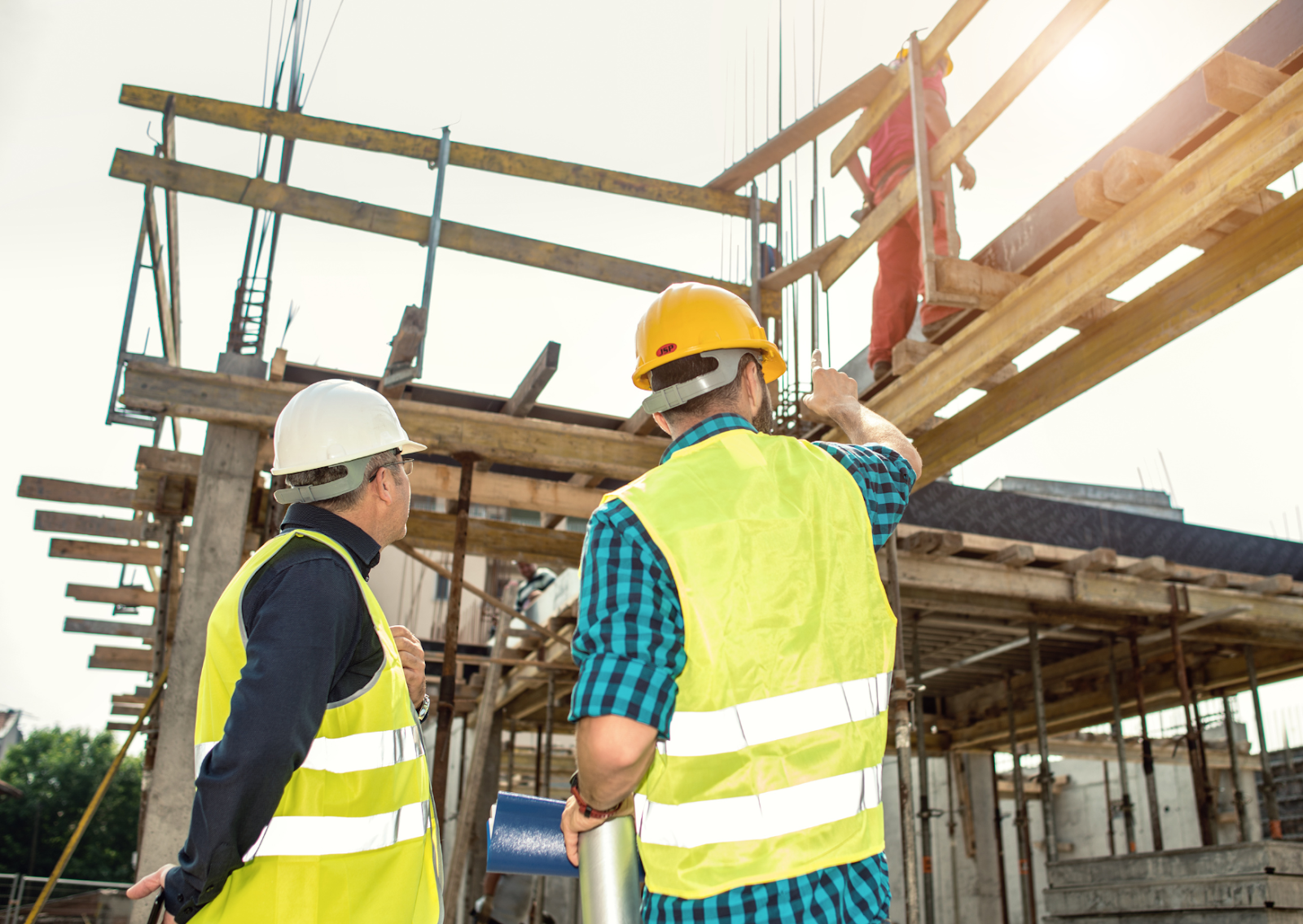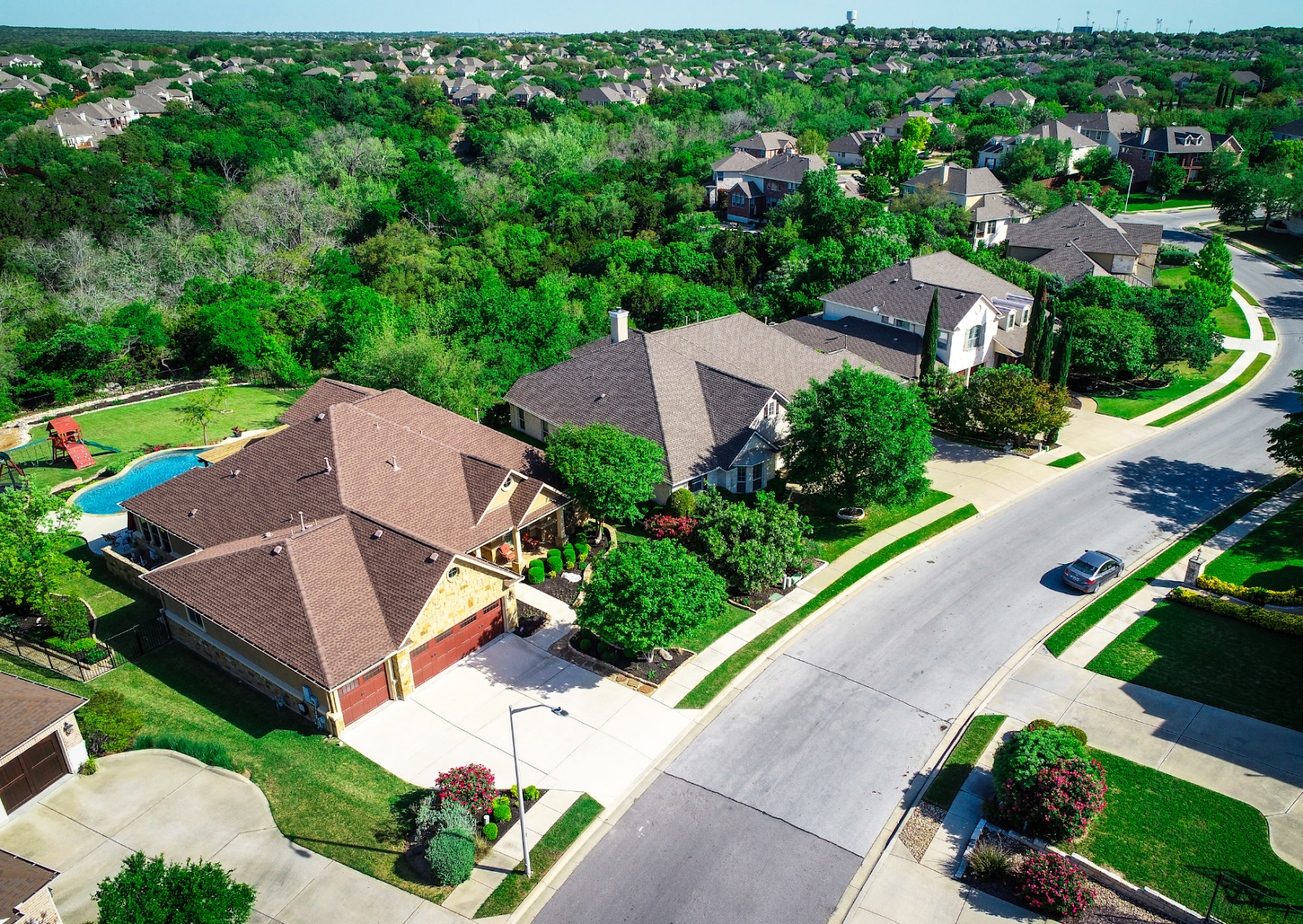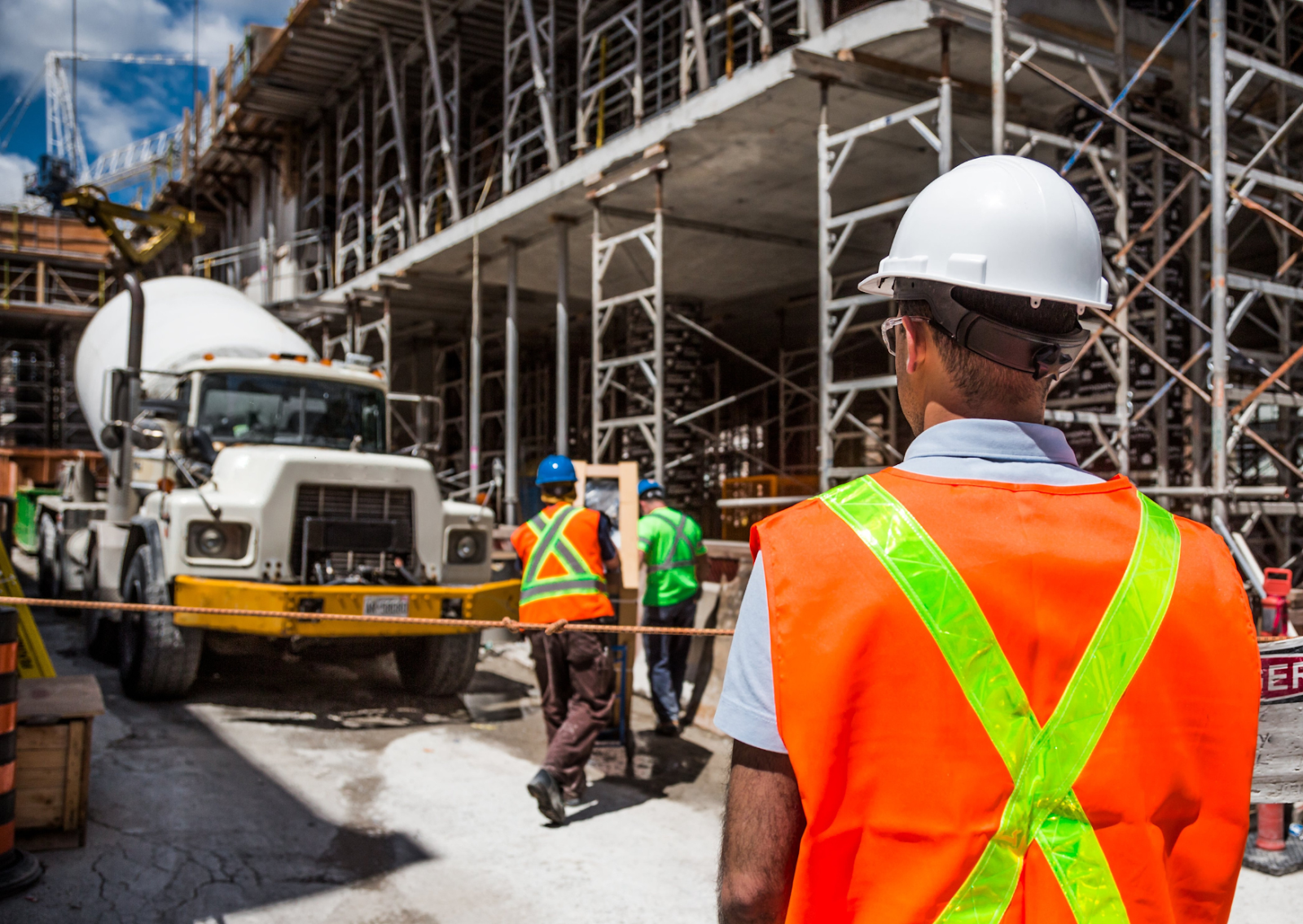What Is Real Estate and Development?
Real estate and development refers to the comprehensive process of acquiring land, designing structures, obtaining necessary permits, financing, constructing, and ultimately marketing or using the finished buildings. This field encompasses both residential and commercial real property, and it requires a multidisciplinary approach combining project planning, architecture, finance, and urban planning. Successful estate development demands an in-depth understanding of both physical property and the economic forces that influence its value and utility.
How Do You Begin a Real Estate Development Project?
The first step in any real estate and development initiative involves development research and feasibility analysis. This includes evaluating market trends, identifying demand for certain types of properties, and assessing the legal or environmental constraints of a given site. Developers must carefully study zoning laws, land use regulations, and community needs. By conducting thorough development research early, stakeholders can identify potential challenges and opportunities before committing to large investments.
What Are the Key Stages in Project Planning?
Project planning is fundamental to successful real estate development. It involves scheduling, budgeting, and resource allocation for each stage of the development project. The key stages include:
- Land acquisition
- Site analysis and design
- Regulatory approvals
- Financing and securing loans
- Construction and infrastructure development
- Marketing and leasing or sales
Each stage is interdependent and requires detailed coordination among teams specializing in real property law, architecture, and urban planning. A well-structured project planning process reduces risk and improves the timeline and quality of the final outcome.
What Roles Do Developers and Stakeholders Play?
The developer acts as the central figure in a real estate development project, coordinating efforts across a broad team including architects, engineers, contractors, urban planners, financiers, and public officials. Developers are responsible for ensuring that the estate development aligns with financial goals, community standards, and legal requirements. Effective communication and decision-making are key, especially when coordinating with government entities for permits or community engagement.
Stakeholders in real estate and development projects can include property owners, investors, residents, local governments, and nonprofit groups. Managing these relationships requires transparency and responsiveness, particularly in urban settings where public scrutiny is high.
How Is Financing Secured for Development Projects?

Securing capital for development projects is one of the most challenging aspects of real estate. Developers typically rely on a mix of loans, equity investments, and sometimes government grants or tax incentives. Lenders assess risk based on the project’s location, design, expected return on investment, and the developer’s experience. A strong loan proposal includes:
- Detailed project planning documents
- Market feasibility studies
- Cash flow projections
- Environmental and zoning compliance reports
Understanding how to leverage loans and manage debt responsibly is essential to navigating the financial side of real estate and development.
How Do Urban Planning and Architecture Impact Development?
Urban planning plays a central role in shaping the success and sustainability of real estate development. It ensures that projects align with the needs of the community, environmental standards, and long-term growth strategies. Urban planners coordinate transportation access, green spaces, public utilities, and zoning regulations to support balanced development.
Architecture, on the other hand, translates ideas into functional and aesthetically pleasing spaces. Architectural designs affect energy efficiency, marketability, and compliance with building codes. For both residential and commercial real projects, good design supports long-term property value and occupant satisfaction.
What Is the Importance of Legal and Regulatory Compliance?
Legal compliance is crucial in every phase of estate development. From land acquisition to final inspection, developers must adhere to a wide range of laws and regulations, including:
- Zoning ordinances
- Building codes
- Environmental impact regulations
- Accessibility standards
- Fire safety rules
Failing to comply can result in costly delays, fines, or even demolition. It’s important for real estate professionals to work closely with legal advisors who specialize in real property law. Navigating bureaucracy efficiently often determines whether a development project proceeds on schedule.
How Do You Manage Construction and Execution?
Construction is the most visible part of a development project, but also one of the most complex. Coordinating subcontractors, sourcing materials, managing timelines, and ensuring safety are all part of the construction phase. Effective oversight ensures that the project stays within budget and meets its quality standards.
Technology has made it easier to manage these operations. Digital tools for scheduling, budgeting, and progress tracking are now standard in large-scale development projects. Project managers must monitor key performance indicators while maintaining flexibility to adapt to unexpected challenges.
What Makes Residential and Commercial Real Estate Different?
Residential real estate and commercial real estate projects have different goals, market dynamics, and regulations. Residential real estate focuses on homes, apartments, and townhouses. These projects are often shaped by local demographics, school districts, and community amenities. They may involve single-family homes or large multifamily complexes.
Commercial real estate, in contrast, involves office buildings, retail centers, industrial parks, and mixed-use developments. These projects are typically driven by business activity, traffic patterns, and employment hubs. Financing terms, leasing structures, and tenant relationships differ significantly from those in residential development.
Understanding the nuances of each type of property is key to selecting the right estate solutions and creating viable long-term investments.
What Are the Best Practices for Successful Estate Development?

Successful real estate development is never accidental—it results from deliberate strategies, expert planning, and continuous learning. Best practices include:
- Performing exhaustive development research before acquiring land
- Maintaining strong communication with all stakeholders
- Keeping legal compliance top of mind
- Using adaptive project planning techniques
- Choosing sustainable and market-relevant designs
- Securing reliable financing and managing loan obligations wisely
Developers must also remain informed about trends in urban planning, architecture, and financial markets. They should be agile enough to respond to economic shifts or changes in consumer preferences.
What Services Can Help You Achieve Development Success?
If you’re seeking support to launch or manage a real estate and development project, partnering with professionals who specialize in the full lifecycle of development can dramatically improve your outcomes. MID Construction Group provides tailored estate solutions that span design, planning, permitting, and construction. Their expertise supports both residential and commercial real property ventures, ensuring your project progresses from concept to completion without unnecessary delays or costs.
To explore how they can assist with your next development project, visit their website or call today!
What Is the Final Takeaway for New Developers?
Real estate and development is a field that blends creativity, risk management, finance, and technical knowledge. Whether you are planning a modest residential project or a major commercial real estate endeavor, your success will depend on thorough research, strategic partnerships, and disciplined execution. Each development project offers a chance to improve communities and create lasting value. With the right team and tools, even complex projects can be navigated confidently.
Works Cited
“Land Use and Zoning Basics.” American Planning Association, www.planning.org.
“Real Estate Development: Principles and Process.” Urban Land Institute, www.uli.org.
U.S. Department of Housing and Urban Development. “Building and Construction Codes.” www.hud.gov.
National Association of Realtors. “Commercial Real Estate Market Trends.” www.nar.realtor.
U.S. Small Business Administration. “Loans and Grants for Real Estate Development.” www.sba.gov.
Frequently Asked Questions:
1: What are the first steps in starting a real estate development project?
The process begins with development research to assess market demand, zoning regulations, and site feasibility. Understanding legal, environmental, and community factors is crucial before committing to the project.
2: What is the role of a developer in estate development?
A developer coordinates the entire real estate and development process—from planning and design to financing and construction. They manage teams, secure approvals, and ensure that the project aligns with legal, financial, and community expectations.
3: How is financing typically secured for real estate projects?
Developers use a mix of loans, equity, and incentives. Strong loan proposals include financial projections, market analysis, and compliance documentation to reduce risk and attract investors or lenders.
4: How do residential and commercial real estate differ in development?
Residential real estate serves homebuyers or renters and is influenced by community needs and amenities. Commercial real estate, on the other hand, focuses on office, retail, or industrial use and depends on business activity and traffic flow.
5: Why is urban planning important in real estate development?
Urban planning ensures the project fits within the broader community’s needs and long-term vision. It integrates transportation, green space, infrastructure, and zoning to support sustainable and functional growth.





